Thai Binh City. Beautiful photos of Thai Binh tourism in 2018.
When Dang Chau was renamed Thai Binh prefecture, Thai Binh prefecture included the land of the southern districts of Hung Yen and most of the land belonging to Thai Binh province today. The name Thai Binh prefecture existed from 1005 to 1945, when the revolutionary government was established, the prefecture level was abolished. Although the geography and location of this prefecture have changed a lot over the historical periods, the place name Thai Binh still exists.
In the 11th century, the Ly Dynasty divided the country into 24 regions. Thai Binh prefecture in the Tien Le Dynasty was divided into 3 regions: Khoai Chau, Long Hung and Kien Xuong. Thai Binh was the name of a village. By the end of the Tran Dynasty, in the 10th year of Quang Thai, under the reign of Tran Thuan Tong (1397), Long Hung prefecture was divided into two regions: Long Hung and An Tiem, Thai Binh was the name of a district belonging to An Tiem prefecture. By the Le Dynasty (15th century), An Tiem prefecture was changed to Thai Binh prefecture, including Dong Quan, Thuy Anh, Quynh Coi and Phu Duc districts. Under the Nguyen Dynasty, in the 3rd year of Tu Duc (1850), Thanh Quan district was transferred from Tien Hung prefecture to Thai Binh prefecture, and Thai Binh prefecture was divided into Thai Binh prefecture, which governed 3 districts: Dong Quan, Thuy Anh, Thanh Lan, and Thai Binh prefecture, which governed 2 districts: Quynh Coi and Phu Duc.
Before the establishment of the province, the land of Thai Binh today belonged to Son Nam Ha town. In 1831, when the town was abolished to establish the province, Tien Hung prefecture included the districts of Than Khe, Dien Ha, Hung Nhan and Thanh Quan belonging to Hung Yen province. Kien Xuong prefecture and Thai Binh prefecture belonged to Nam Dinh province. At that time, Kien Xuong prefecture included the districts of Thu Tri, Vu Tien, Chan Dinh (Truc Dinh) and Tien Hai; Thai Binh prefecture included the districts of Quynh Coi, Phu Duc, Thuy Anh and Dong Quan.
On March 21, 1890, the Governor-General of Indochina issued a decree to establish Thai Binh province. Article 1 of this decree clearly stated: "Now established under the name of Thai Binh, a new province consisting of Thai Binh prefecture and sub-prefecture and Kien Xuong prefecture separated from Nam Dinh province and Than Khe district separated from Hung Yen province will be administratively merged into Thai Binh prefecture...".
Article 2 of the decree clearly states: "Thai Binh provincial capital will be established in Kien Xuong district on Tra Ly river...".
Thus, at the time of the establishment of Thai Binh province (March 21, 1890), the two districts of Dien Ha and Hung Nhan (present-day Hung Ha) were still part of Hung Yen province. At that time, the provincial capital of Thai Binh was named Kien Xuong.
Thai Binh Consul's Palace in 1928. Photo courtesy
On November 28, 1894, the Governor-General of Indochina issued a decree to transfer Tien Hung prefecture to Thai Binh province (Tien Lu district, which originally belonged to Tien Hung prefecture, was merged into Khoai Chau prefecture of Hung Yen province). The two districts of Dien Ha and Hung Nhan, which formed Tien Hung prefecture, were transferred to Thai Binh province.
On December 7, 1895, the Governor of Tonkin signed a decree to establish Thai Binh town. At that time, Thai Binh town only included the streets around the citadel, laying the foundation for Thai Binh city to develop as it is today.
Thai Binh, from the name of a prefecture to a province and a city, is a process of gathering, settling, conquering, transforming and exploiting the resources of this land. The tradition of indomitableness in production and fighting has been imprinted in the history of the Vietnamese people. It is also the process of creating and cultivating the culture and agricultural civilization with its own nuances of Thai Binh.
Thousands of years ago, the land named Thai Binh had a strong attraction for people from all over the world to come and develop, and Thai Binh became a container of cultural nuances from all over the world. When the population of Thai Binh became more and more crowded, the dikes to reclaim land and open villages could not meet the needs of survival and development, so Thai Binh people found ways to go out to work and live in all over the world. Therefore, Thai Binh is both a container and a generator of culture and civilization of the South.
It is also necessary to see that the land and villages of Thai Binh province were basically stable during the Ly - Tran period. Tien Hai district was established in 1828, as a result of the great land reclamation organized by Nguyen Cong Tru, but it was not at that time that the land and residents of Tien Hai were newly formed, but a significant part of the villages of Tien Hai district had existed for hundreds of years.
In the past and present, when talking about the traditional destinations of Thai Binh, people often tend to emphasize the traditions of indomitability, bravery, good at intensive rice cultivation, famous for studying, and performing folk songs in the morning and evening... but few people seem to pay attention to the fact that Thai Binh is also the land of kings.
In the middle of the first millennium, Ly Bi (also known as Ly Bon) rose up to defeat the Liang invaders, declared himself emperor, and established the Van Xuan state. The sacred relics, genealogies, and Han Nom heritages on stone steles and bronze bells that are still preserved in temples, shrines, communal houses, and pagodas dedicated to Ly Bi, his wife (Queen Do Thi Khuong) and his generals have inspired many theories that Ly Bi was from Thai Binh.
The land of Ngu Thien - Long Hung, now part of Hung Ha, was originally the place where the Tran dynasty started, maintained and flourished. The green history is still there, the mausoleum and temple are still here. The ancestors of the Tran dynasty were fishermen. The Tran clan members who had the merit of starting the business and the first kings of the Tran dynasty lived their lives with the spirit of living and dying in Long Hung land. The tomb of Grand Tutor Tran Thu Do and Linh Tu Quoc Mau Tran Thi Dung in Phu Ngu village, now in Lien Hiep commune and the tombs of the Tran kings in Tam Duong, now in Tien Duc commune (Hung Ha) are clear evidence of Thai Binh with the career of the Tran dynasty.
Due to the sacred atmosphere of the rivers and seas, Thai Binh has always produced heroes and great men, perhaps the most prominent of whom were during the early Le and the later Le dynasties (from the 15th to the 18th centuries). Countless Vietnamese celebrities and scholars of the Le dynasty, whose hometowns were in Thai Binh, have brightened the sky of Vietnamese culture, such as Quach Dinh Bao, Quach Huu Nghiem, Nguyen Bao, Nguyen Tong Quai, Le Quy Don... that lineage has created a literary and scholarly flow in many villages and clans in Thai Binh. Thai Binh is also the homeland of heroic leaders in peasant uprising movements, typically Hoang Cong Chat (? - 1767), Phan Ba Vanh (? - 1827).
Furthermore, Thai Binh is also a place where “good land attracts birds”. The two great poets of the nation, Nguyen Trai and Nguyen Du, are both from Thai Binh. Nguyen Cong Tru was born in Thai Binh, and in his childhood, he was imbued with the breath of this land, nurturing the ambition of “having a name for himself in the mountains and rivers” and he repaid his birthright to Thai Binh by organizing a great land reclamation campaign to establish Tien Hai district. And, it is also necessary to note that from ancient times to the present, there have been many “talented people” who, thanks to the years of bathing in the fields of Thai Binh, have achieved a career that will last a lifetime.
When France invaded Vietnam, the Thai Binh people rose up in the Can Vuong movement to fight against the French and that was one of the main reasons leading to the establishment of Thai Binh province. The brave and indomitable will of the Thai Binh people was nurtured since ancient times and further tempered after the establishment of the province, so that Thai Binh continued to make great achievements from the early days of Party building to the resistance against the French and the Americans and is continuing to make great achievements in the renovation period./.
Source: https://sovhttdl.thaibinh.gov.vn/tin-tuc/trao-doi-nghiep-vu/danh-xung-va-su-kien-thanh-lap-tinh-thai-binh.html



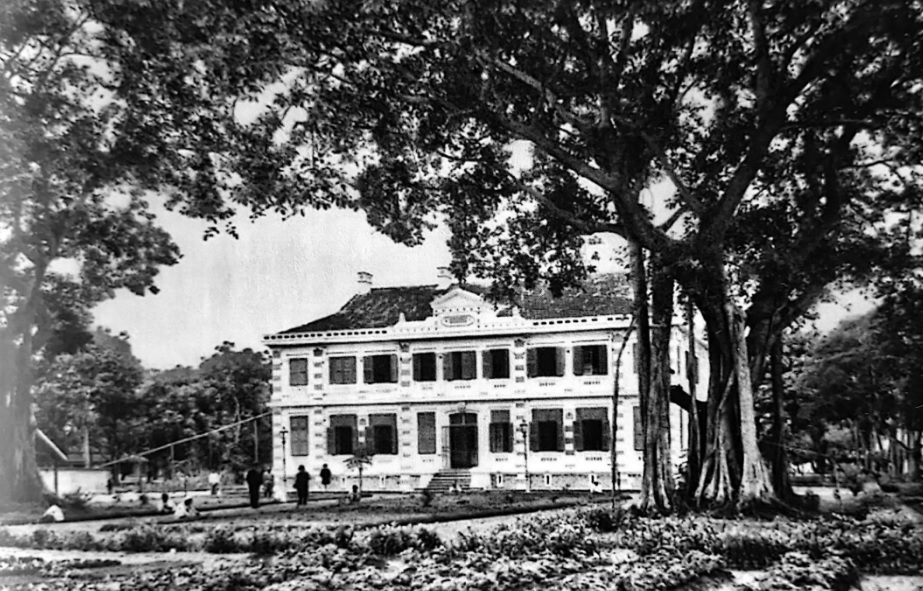





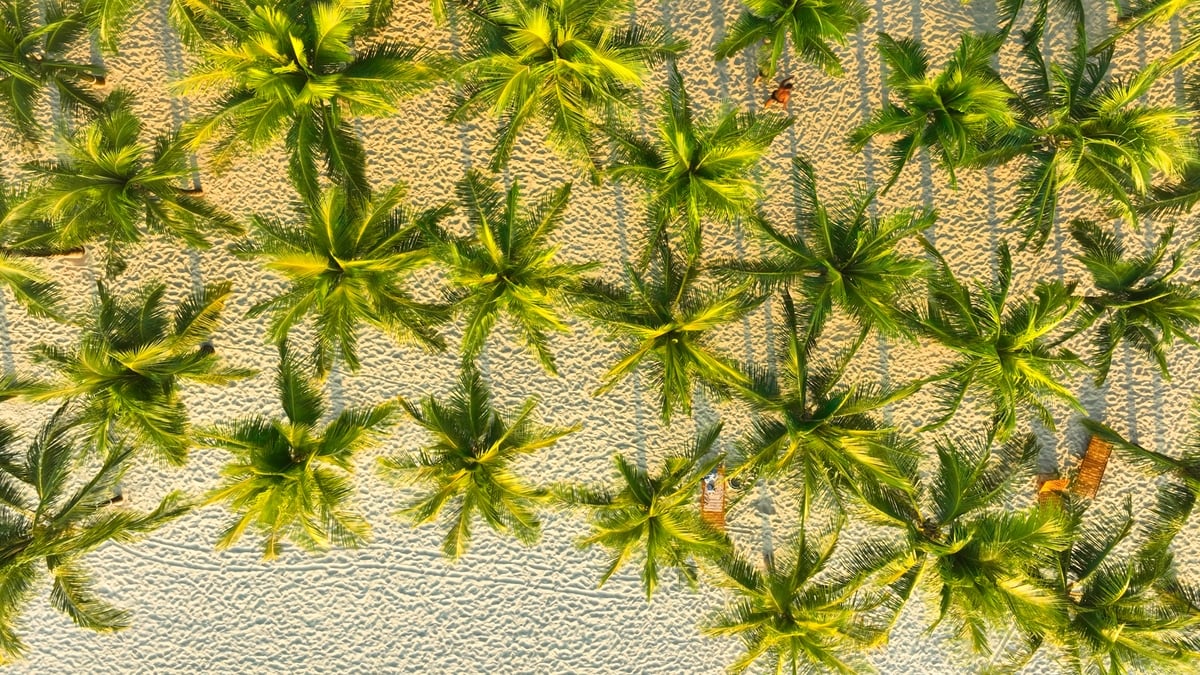
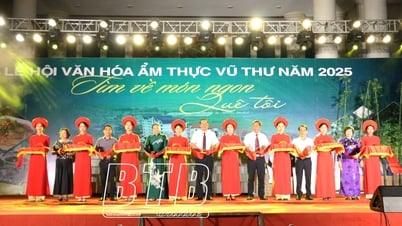

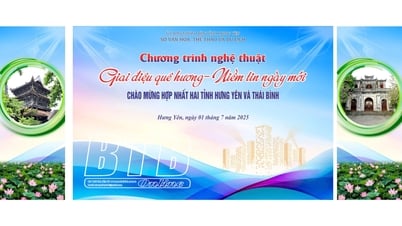


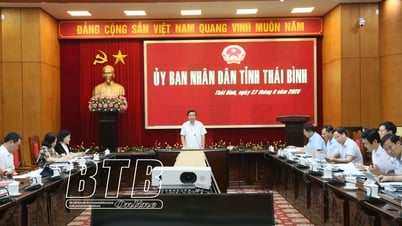





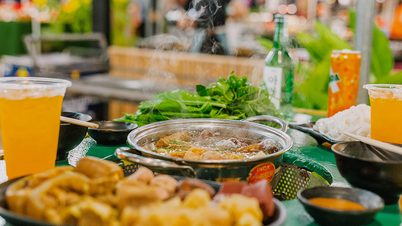

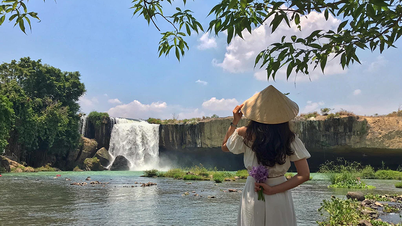
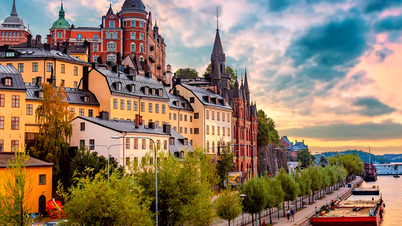
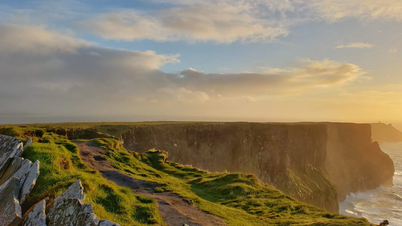
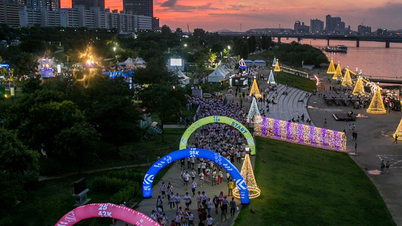
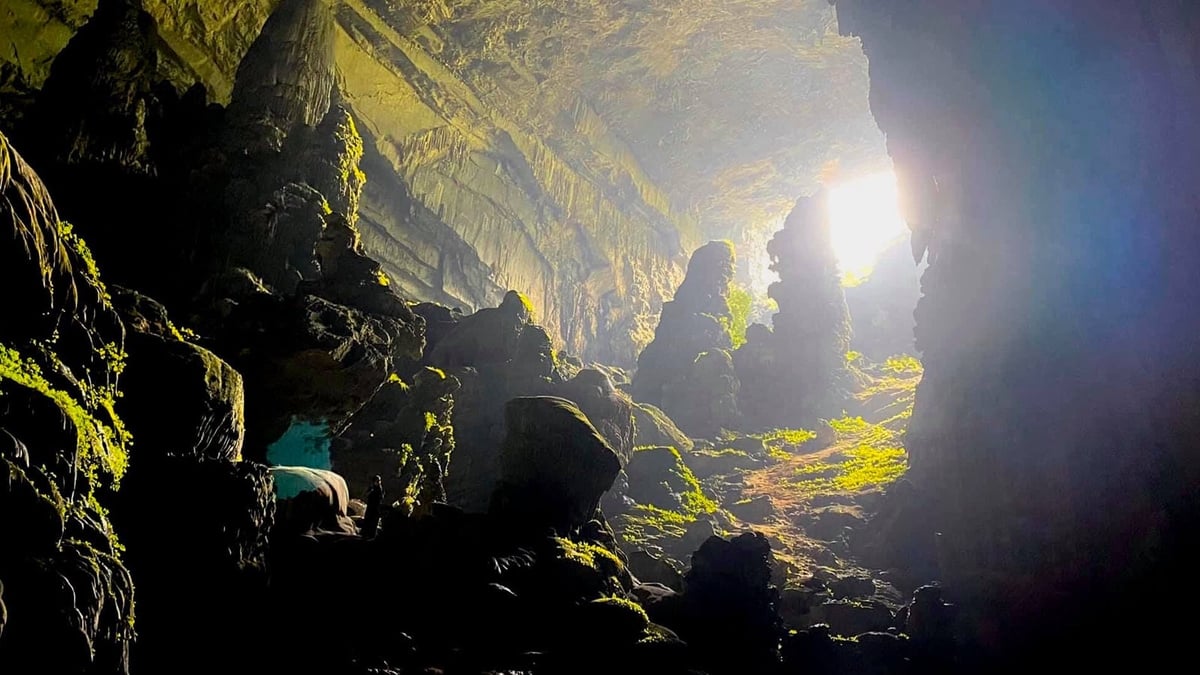


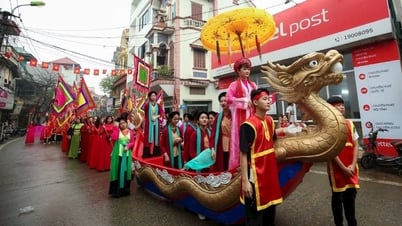

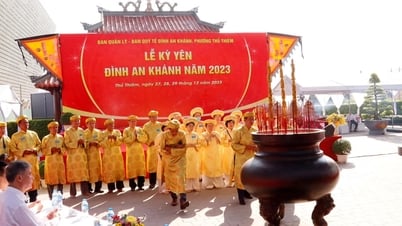

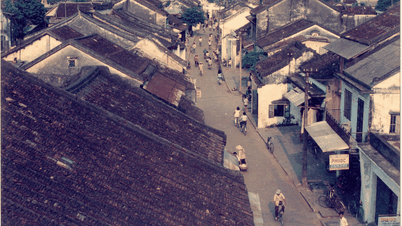
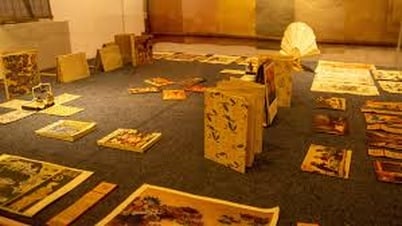

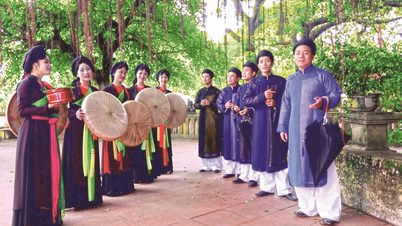

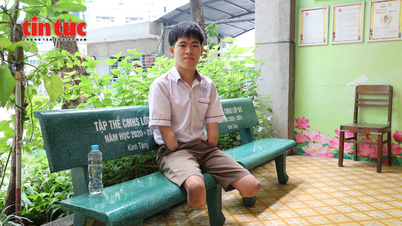

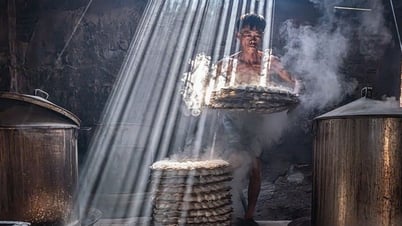



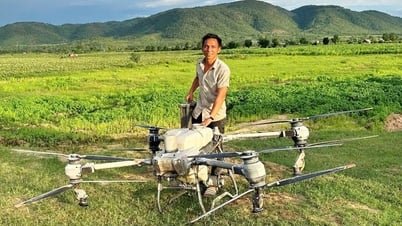

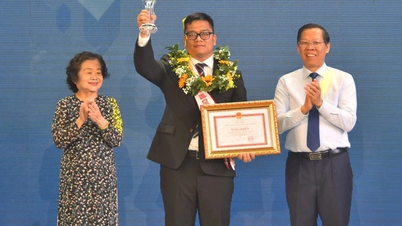




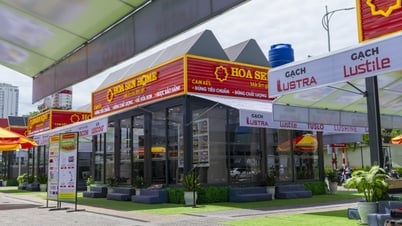










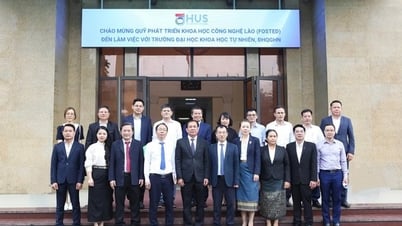






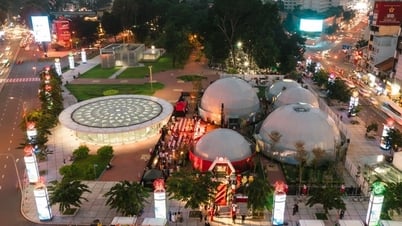











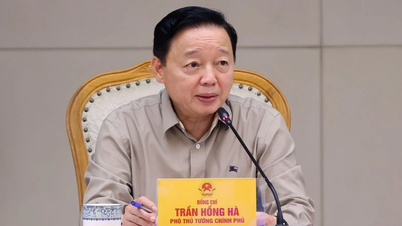
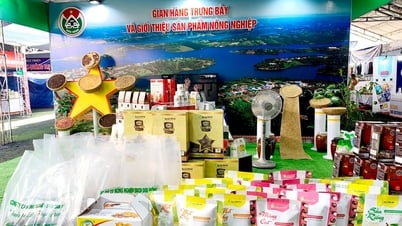

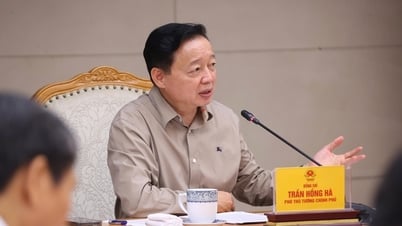
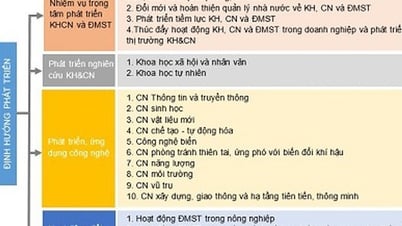



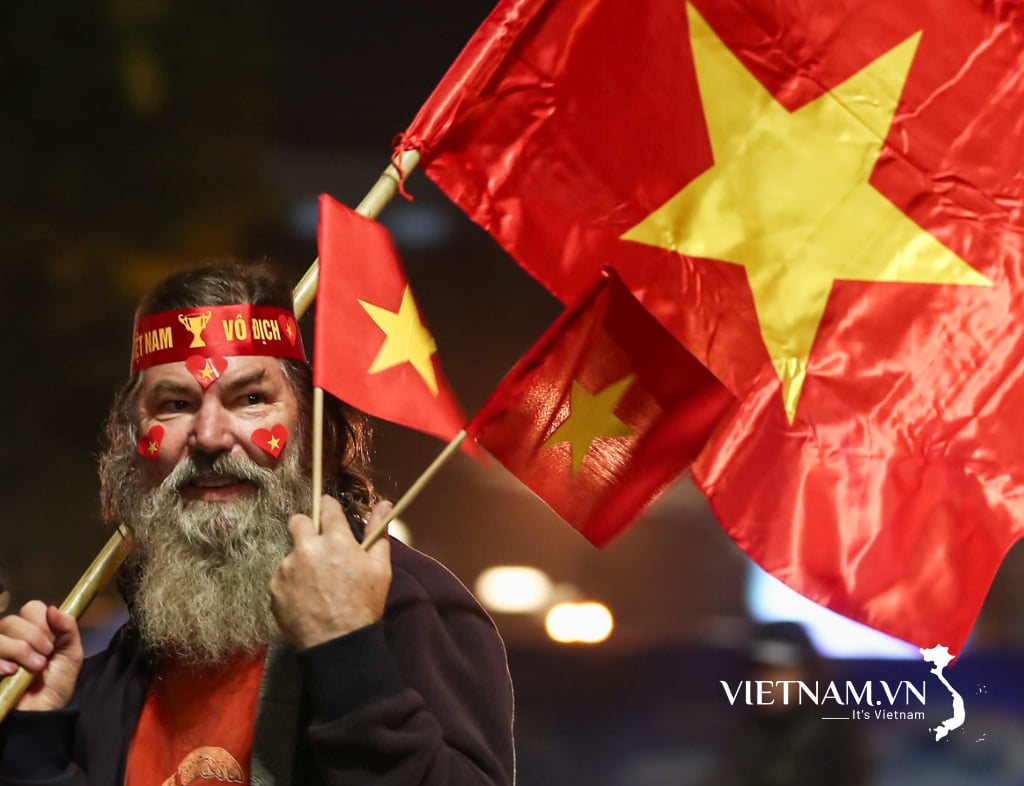

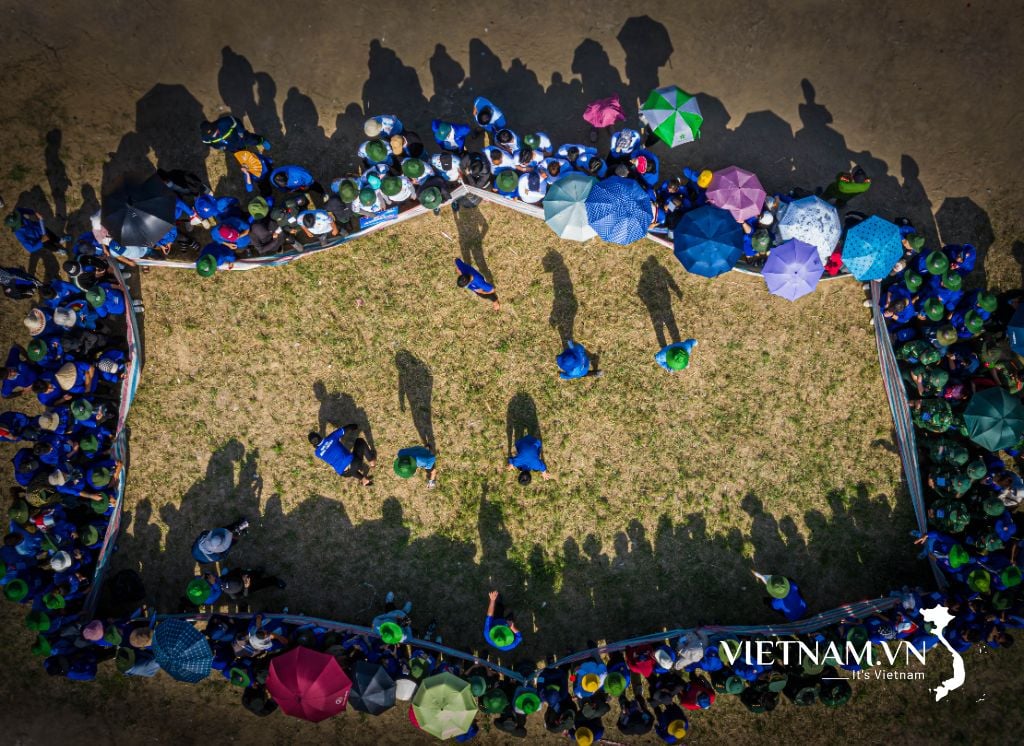
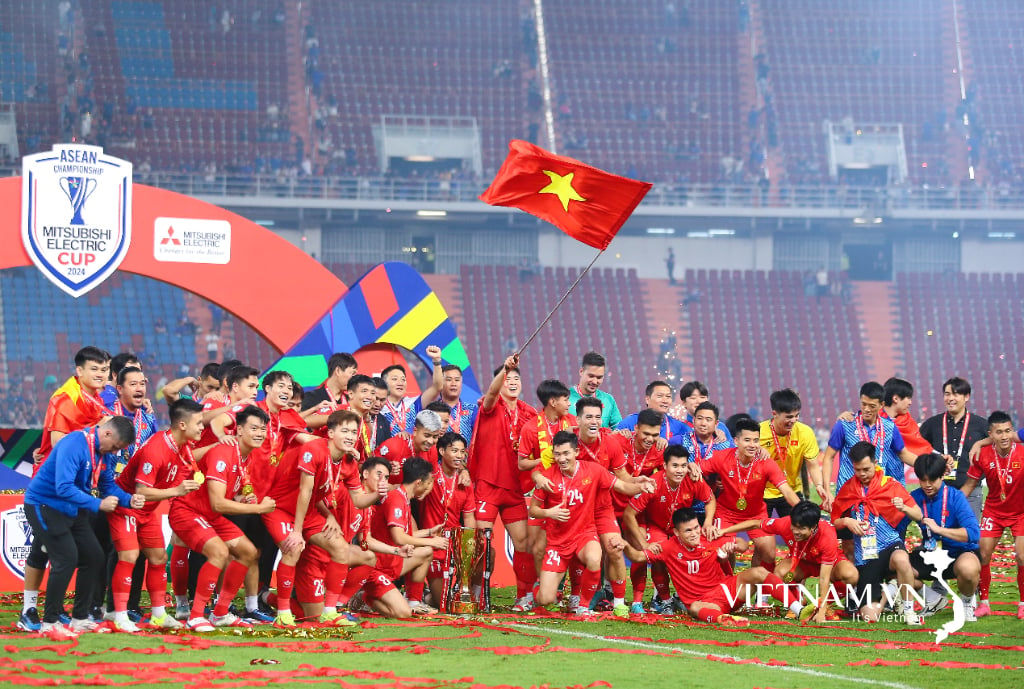
Comment (0)